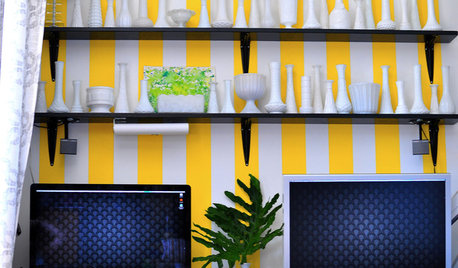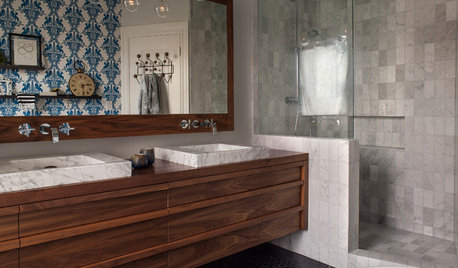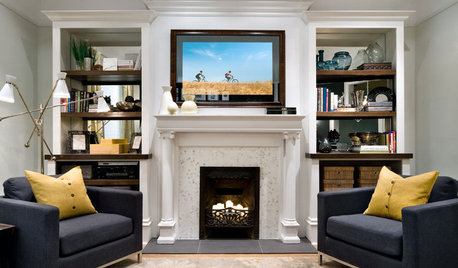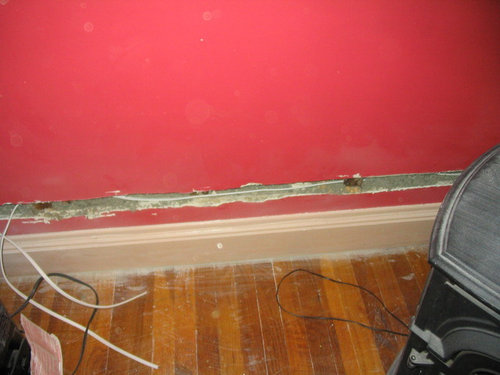Patching walls after new electrical wiring
bostonoak
9 years ago
Related Stories

ACCESSORIESHow to Hide Those Messy Wires
Untangle Yourself From Ugly Electrical Cords With a Few Tricks and Accessories
Full Story
LIGHTING10 Ways With Wall Lights That Don’t Need to Be Wired In
Learn how to add illumination to your home without carving into the walls
Full Story
HOUSEKEEPINGQuick Fix: How to Patch a Drywall Hole
Dents and dings disappear, leaving your walls looking brand new, with this fix that even a novice can do
Full Story
DIY PROJECTSHide All Those Wires in a DIY Charging Station
Keep your gadgets handy and charged with a flexible storage board you can design yourself
Full Story
BEFORE AND AFTERSBefore and After: 19 Dramatic Bathroom Makeovers
See what's possible with these examples of bathroom remodels that wow
Full Story
FRONT YARD IDEASBefore and After: Front Lawn to Prairie Garden
How they did it: Homeowners create a plan, stick to it and keep the neighbors (and wildlife) in mind
Full Story
HOMES AROUND THE WORLDThe Great Escape: Family Rebuilds After a Devastating Wildfire
Tim and Tammy Holmes survived the 2013 Tasmanian bushfires but lost their home. See how they’ve started over
Full Story
ACCESSORIESEasy Green: Cut Electricity Use With 15 Unplugged Home Devices
Crank up the energy savings, courtesy of household items that come into power the old-fashioned way: manually
Full Story
HOME TECHSave Your Decor — Hide Your Media Stuff
When you tuck boxes, wires and speakers into walls and ceilings, all you'll notice is your favorite shows or music
Full Story
DIY PROJECTSHide Cords in Style With DIY Graphic Panels
Keep wires under wraps for a neater-looking home office or media center, with wall panels you make to your exact taste
Full Story









bostonoakOriginal Author
llaatt22
Related Professionals
Annandale General Contractors · Claremont General Contractors · Groveton General Contractors · Hammond General Contractors · Overlea General Contractors · Carson Solar Energy Systems · Mokena Solar Energy Systems · Palo Alto Solar Energy Systems · Inver Grove Heights Solar Energy Systems · Bozeman Home Automation & Home Media · Lewisville Home Automation & Home Media · Los Angeles Home Automation & Home Media · Newark Home Automation & Home Media · Reston Home Automation & Home Media · Springville Home Automation & Home Mediajakethewonderdog
bostonoakOriginal Author
jakethewonderdog
bus_driver
jakethewonderdog
bostonoakOriginal Author
jakethewonderdog
weed_cutter
toolbelt68
weedmeister
jakethewonderdog
cold_weather_is_evil
cold_weather_is_evil